Negotiating Employee Wellness and Company Bottom Line
If you work in HR, employee retention is probably something you have had discussions about. Focusing on keeping your employees in your organization builds health within the organization. And a healthy workplace means good things for the business. Employee retention cuts down on costs (on-boarding new employees is expensive), improves productivity, and supports growth (both for the employees/organization).
So let’s take a look at why people are leaving jobs, why they decide to stay in a job, and build a better understanding about what employers can do to minimize employee burnout and turnover.
So what’s the employment climate like?
- Employment is LOW (like the lowest it’s been since the recession)
- Employers have a lot of competition, giving more choices to prospective employees.
- Turnover is HIGH (especially in health care)
- There are a LOT of open positions (over 32K based upon data pulled in April, 2018)
- There is a workforce shortage (people are more entrepreneurial than ever before, therefore they are not applying for jobs)
What are the numbers?
- Companies that have just average turnover lose 12% of their pretax income. That A LOT OF MONEY. And that’s just the average turnover rates.
- For companies that have high turnover rates (like healthcare jobs) they lose closer to 40% of their pretax income.
- Just a 2% reduction in turnover can sometimes save a company nearly 6 figures in a year.
- When an employee (in direct service) leaves their job, it can cost the company 30-50% of that employee’s salary to replace them…just to replace them! For management staff this number is closer to 150%.
These numbers are huge! And there are also other consequences when an employee leaves. Their departure impacts your other employees. When one person leaves, their colleagues’ work load increases. Your other employees start feeling more overwhelmed and staff satisfaction starts to decrease, which leads to other departures. When people leave, it also impacts the work that is getting done. Contacts are lost, streamlined workflow gets disrupted, client satisfaction can diminish, there are communication breakdowns, loss in productivity, and much more.
So, what keeps employees?
- INERTIA: people will stay until something causes an imbalance in their day to day.
- Work/Life Balance
- A collaborative culture
- Strong relationships
- A voice
- Recognition
- Feedback
“We are embedding health and well-being at the heart of our business strategy because our people are our greatest asset, and we recognize that a healthy, happy and committed workforce is vital to our business success.”
How do we go about doing this?
- As a company you should be looking at job satisfaction and the company environment and focusing on where they intersect.
- You must align your company values to the people who run your company—and you won’t know what those values/ethics/intentions/needs are until you ask. Opinions can differ based on age, culture, gender, race, socio-economic status, geography, etc.
- You have to give your employees a voice so that they can tell you what the “pains” are, and how they would like to see them remedied. Getting a needs assessment completed by a consulting company can allow you to acquire that objective data.
- Everyone needs to be on the same page. They don’t need to know each other’s jobs, but they do need to understand and support the mission/vision of the company. Policies/procedures need to be accessible, understandable, and strength-based. And communication needs to be streamlined.
- Employee wellness needs to be a priority. Encouraging walks at lunch, supporting staff to use their PTO, having an EAP (employee assistance program) program, throwing company-wide gatherings (so that leadership can mingle with front-line staff), having a good benefits package, having a trauma-informed care committee (we’ll talk about this in greater detail in another blog), initiating a feedback loop from front-line staff to leadership, and more.
Most companies understand that employee retention is important, but it’s really difficult to understand how to tackle it. It’s hard to keep a business running while also dissecting it. But doing this work on the front end will grossly benefit you organization and your employees long-term.
References:
Murry Mercier. Enterprise Consultant . PointClickCare. “Retaining Talent in a Multigenerational Workforce”
Vincent S. Flowers. Charles L. Hughes. Harvard Business Review. “Why Employees Stay”


